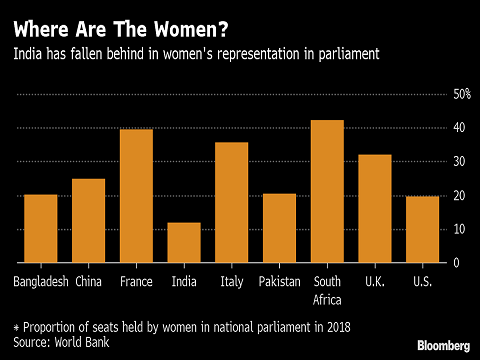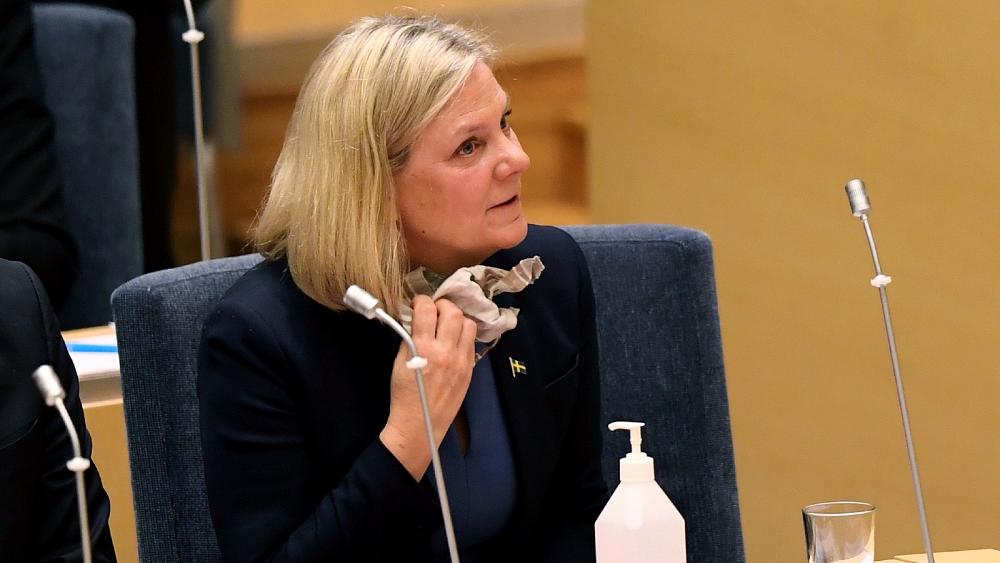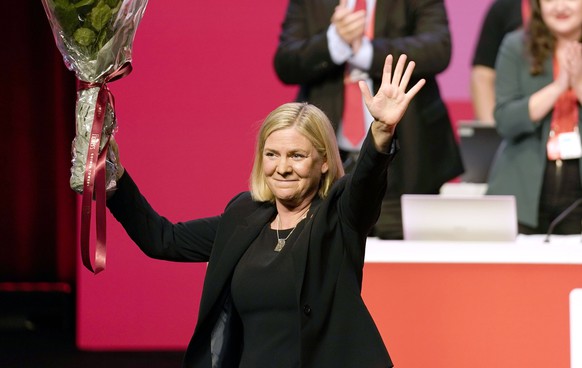Women have faced hurdles in the electoral process as journalists, candidates, or even as voters. They have to face the male-dominated society, cultural and societal expectations, discrimination, violence, etc. Women’s participation in parliamentary affairs has increased from 13.8 percent in 2000 to 24.3 percent in 2019 globally. Approximately 23.8% of parliamentarians globally were female in 2018. 31 countries had at least 30% women ministers in 2017. There are only 9 countries globally with 50% or more of women ministers.
There cannot be true democracy unless women’s voices are heard. There cannot be true democracy unless women are given the opportunity to take responsibility for their own lives. Cannot be true democracy unless all citizens are able to participate fully in the lives of their country.
– Hillary Clinton, Former Secretary of State, United States

Politics has always excluded women for centuries. Be it James Madison or Rousseau, everyone ignored women in politics. The French Revolution or The American Revolution did not have access to women. Participation of women in politics took a giant leap in the latter 20th century. Dominating female figures like Indira Gandhi or Margaret Smith made it possible for women in politics. There are mainly 3 factors that influence access to women in diplomacy. Cultural factors include the beliefs, values, upbringing the society follows. Sweden and Iceland are feminist countries, whereas Denmark has the highest gender gap. India is a Hindu Nationalist nation, whereas France does not involve religion with secularism. Socio-economic factors like sex ratio, female – male revenue ratio.
Women’s participation in the labour market affects the participation of women in the legislature. Rwanda has an average of 49.9% women in the parliament followed by Cuba, whereas Yemen with an average of 2.5% as of 2019. Political aspects include the achievements of women in the political field. Pratibha Patil – The First Female President in India or Sirimavo Bandaranaike – The First Female Prime Minister (Sri Lanka and Ceylon) globally. The ideologies and beliefs of the party, the total number of seats, the structure of parliament aspects also influence the representation of women in diplomacy.
The ratio of Muslim women in politics has increased considerably. Benazir Bhutto, Former Prime Minister of Pakistan, or Halimah Yakob, current President of Singapore. The status of women and their rights have seen a radical transformation. The Women’s Parliamentary Caucus (WPC) is a cross-party forum in the Parliament of Islamic Republic of Pakistan.
It was established in 2008 through a unanimous decision by the female members of the Pakistan Parliament irrespective of the political parties WPC provides women a stage and a voice to speak up. They mainly aim at empowering women and eliminating violence. Even the Quran mentions about one of the first Muslim women leading the nation – Queen of Sheeba in the verse 27:22-44. Unlike man-made rules by Muslims, the Quran does not discriminate.

Social Democrats have dominated Sweden for almost a century. Andersson is the first female Prime Minister in Sweden who quit within 12 hours of being appointed on 24th November 2021. Magdalena’s party holds 100 seats in the 349-seat She served the former prime minister of Sweden, Göran Persson during his governance. On 4th November 2021, she became the leader of the Social Democratic Party. Since 2014, she has been the Minister of Finance of Sweden.
Andersson’s Social Democrat was in a coalition with the Green Party and Left Party. In the parliament, she had 117 members in support of her, 174 against her and 57 neutral. The Green Party withdrew support when she promised the Left Party to increase pensions, resulting in Andersson’s party having sole power. The opposition budget aimed at reducing taxation, increasing police salaries and expenditure on various judiciary sectors, gaining the support of the Swedish Parliament. Andersson’s budget bill focussed on climate change, unemployment and social welfare.
After stepping down, Magdalena said that she would like to govern, but with a single party government. She now has 9 months to prepare to lead The Social Democrats for the next elections in September 2022. Andersson will now have to face challenges like gang violence, shooting in major cities. Also, making changes in her budget plan focusing towards the green economy and pandemic affected economy.

Women’s participation in politics has to face political and social taboo. The current female minister has to face verbal abuse on social media. Women should not only have the right to vote, but also to be voted for. Democracy does not consist of men solely.
Written by- Khushi Shah
Edited by- Khyati Kallianpur
